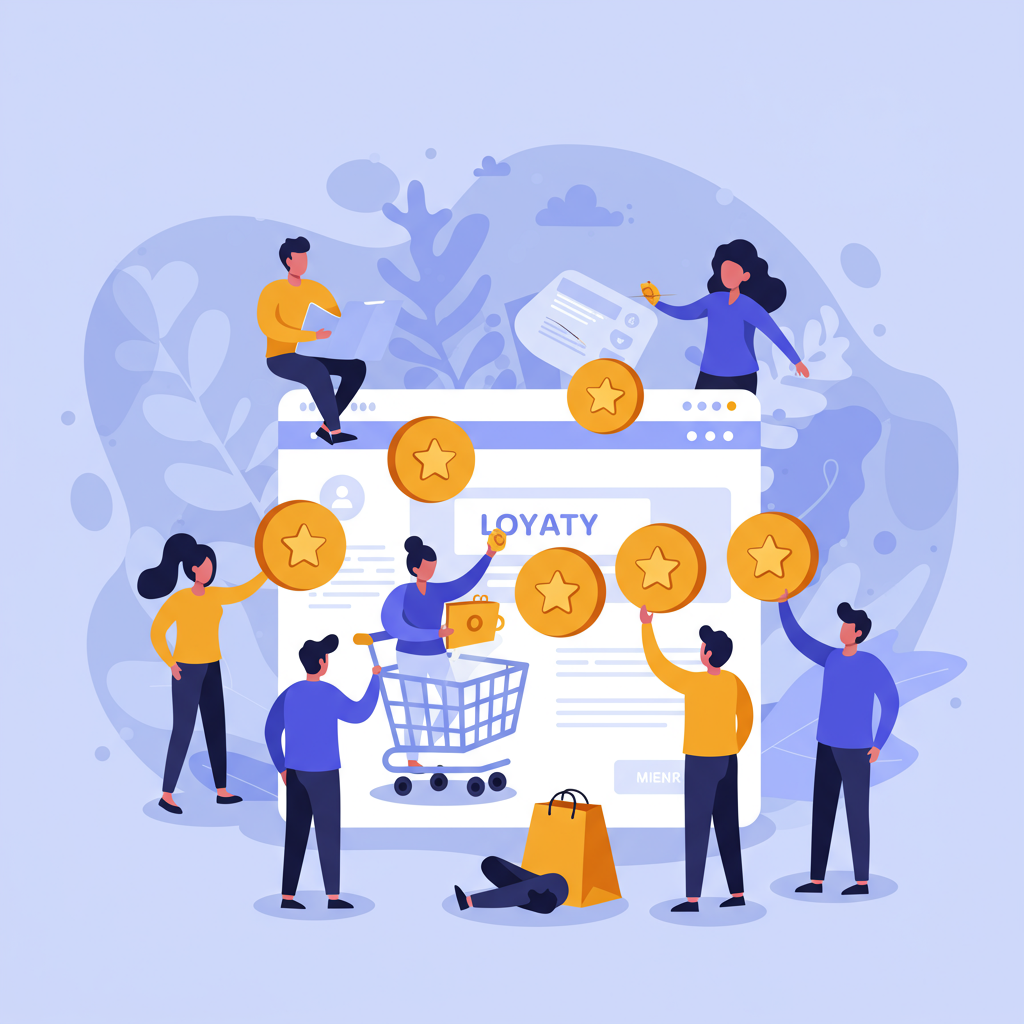Proven Strategies and Tactics for Boosting Retention and Lifetime Value in Your E-commerce Store
As a Shopify merchant, I know firsthand the excitement of acquiring new customers. It’s a thrill to see those first sales come in, but I’ve also learned that the real secret to sustainable growth isn’t just about attracting new buyers; it’s about keeping the ones you already have.
Customer retention is, in my opinion, the bedrock of a thriving e-commerce business. It’s often far more cost-effective to retain an existing customer than to acquire a new one, and loyal customers tend to spend more over time.
In this article, I want to share with you some of the most effective strategies and tactics I’ve discovered and implemented on Shopify to boost customer retention. My goal is to help you build a loyal customer base that keeps coming back for more.
First, let’s understand why retention is so crucial. A higher customer lifetime value (LTV) means more revenue per customer without increasing your customer acquisition costs (CAC). This directly impacts your profitability and allows you to invest more in growth.
My journey with Shopify has taught me that the customer experience doesn’t end at checkout; it truly begins there. Every interaction post-purchase is an opportunity to solidify their loyalty.
One of the most powerful tools in my retention arsenal is **exceptional customer service**. I strive to make every customer feel valued, whether they’re asking a pre-sale question or need help with a return.
This means being accessible. I ensure my customers can reach me through multiple channels – live chat on my Shopify store, email, and sometimes even phone support. Quick, helpful, and friendly responses are non-negotiable.
**Personalization** is another cornerstone of my retention strategy. I don’t just treat customers as transactions; I treat them as individuals. Shopify’s capabilities, often enhanced by apps, allow me to do this effectively.
I use customer data to recommend products they might genuinely love, based on their past purchases or browsing history. This isn’t just about upselling; it’s about showing them I understand their needs and preferences.
**Loyalty programs** have been incredibly effective for me. I’ve implemented a points-based system where customers earn rewards for every purchase. These points can then be redeemed for discounts or exclusive products.
There are fantastic Shopify apps designed specifically for loyalty programs that make setting this up surprisingly easy. I’ve found that offering tiered rewards (e.g., Silver, Gold, Platinum) encourages even greater engagement and repeat purchases.
The **post-purchase experience** is where many merchants drop the ball, but I see it as a golden opportunity. I ensure my order confirmation emails are clear, tracking information is readily available, and delivery expectations are managed.
I also focus on the unboxing experience. A well-packaged product, perhaps with a small thank-you note or a sample, can turn a one-time buyer into a raving fan. It’s those little touches that make a big difference.
**Email marketing automation** is indispensable. I’ve set up automated flows for various stages of the customer journey: a welcome series for new subscribers, abandoned cart reminders, post-purchase follow-ups, and re-engagement campaigns for inactive customers.
These emails aren’t just promotional; they offer value. I share tips, product care guides, or exclusive content that keeps my brand top-of-mind and reinforces the customer’s decision to buy from me.
Building a **community** around my brand has also proven beneficial. I engage with customers on social media, create private groups for loyal customers, and encourage user-generated content. This fosters a sense of belonging.
I actively seek **feedback** from my customers. I send out post-purchase surveys, encourage product reviews on my Shopify store, and pay close attention to customer service interactions. This feedback is invaluable for identifying areas for improvement.
Understanding what my customers think helps me refine my products, services, and overall experience, directly contributing to higher satisfaction and retention.
For certain product types, I’ve explored **subscription models**. If your products are consumable or require regular replenishment, a subscription option on Shopify can lock in recurring revenue and build incredible loyalty.
I also offer **exclusive content or early access** to new products for my most loyal customers. This makes them feel special and appreciated, reinforcing their VIP status.
My **returns and exchanges policy** is designed to be as hassle-free as possible. While I hope customers love their purchases, I know that a smooth return process can actually build trust and encourage future purchases, even if the initial one didn’t work out.
I leverage **content marketing** on my Shopify blog to provide value beyond just selling products. I write guides, tutorials, and articles related to my niche, positioning my brand as an authority and a helpful resource.
From a Shopify-specific perspective, I heavily utilize **Shopify apps**. Apps for loyalty programs (like Smile.io or LoyaltyLion), review management (like Loox or Yotpo), and advanced email marketing (like Klaviyo or Omnisend) are crucial.
I also explore **Shopify Flow** for automating internal processes that impact customer experience, such as tagging customers based on purchase behavior or sending internal notifications for high-value orders.
Finally, I constantly **measure my success**. I track metrics like repeat purchase rate, customer lifetime value, and churn rate within my Shopify analytics and integrated tools. This data guides my strategies and helps me optimize for better retention.
What do you think about this article? Do you have any retention strategies that have worked wonders for your Shopify store? I’d love to hear your insights.
In conclusion, customer retention isn’t a one-time fix; it’s an ongoing commitment to providing exceptional value and building strong relationships. By focusing on these strategies, I’m confident you can transform your Shopify store into a hub of loyal, repeat customers.






